The ancients have a saying: “Clothes befit virtue.” This saying is so true for Uncle Ho, who showed his qualities, virtues and cultural level through his clothes.
What stands out when looking at Uncle Ho's clothes is his simplicity. He applied this great quality to his clothes (and to all his activities) in a very flexible way, suitable to the situation, showing respect and affection for those around him, while preserving the national cultural traditions.
When talking about Uncle Ho's clothes, people almost always imagine a white Sun Yat-sen-style four-pocket khaki suit, which he buttoned up at the collar when there was an important matter, and left the buttons open for everyday use, and went well with both shoes and sandals.
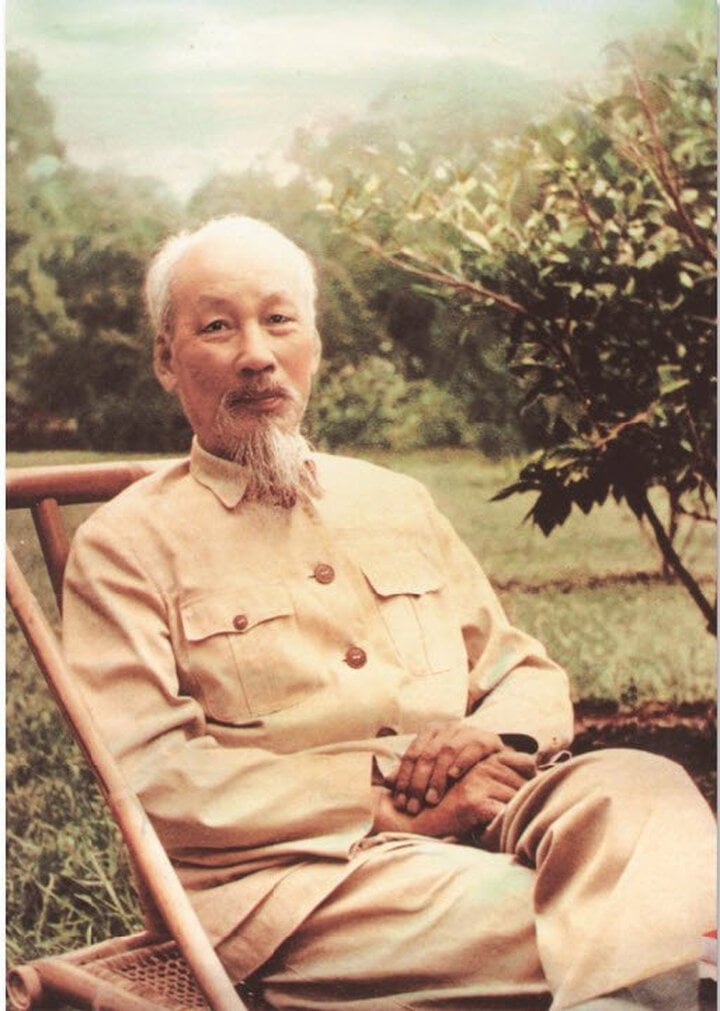
Uncle Ho in his familiar khaki clothes. (Photo: Archive)
Few people know that at first, Mr. Vu Dinh Huynh, Uncle Ho's reception secretary, suggested that Uncle Ho wear a shirt similar to that of the Soviet leaders. Uncle Ho said: "But I'm not Russian ", so in the end, Mr. Vu Dinh Huynh and the owner of Phu Thinh tailor shop discussed to make Uncle Ho a khaki suit that later became his legendary symbol. In fact, Uncle Ho's style of suit was not only light in color but also dark blue.
In addition to the khaki suit mentioned above, Uncle Ho's clothing also varied depending on the time and context, but all exuded a strange simplicity and familiarity. That was the blue military uniform in the Viet Bac resistance base, the outfit that became the image of the Father of the soldiers - "Uncle Ho marched with us".
Those were the dark-colored clothes of ordinary people whenever Uncle Ho visited people, received people or went about his daily activities. In winter, Uncle Ho wore a sweater inside and a warm coat outside.
During the resistance war against the French, Uncle Ho wore a “bad-de-xuy” shirt, which was a trophy of war that was longer than the knee, a gift from a unit. During the Border Campaign of 1950, when visiting wounded soldiers, Uncle Ho took off this “bad-de-xuy” and covered the body of a wounded soldier who had lost a lot of blood.
But when talking about Uncle Ho’s clothes, we cannot help but mention his “special” clothes because they were very fashionable. That was the period when Uncle Ho was active in France, in the Communist International in the Soviet Union. During this period, Uncle Ho wore a suit and tie. In this modern outfit, with an intelligent, determined face and a tall, slim figure, Uncle Ho looked elegantly beautiful.
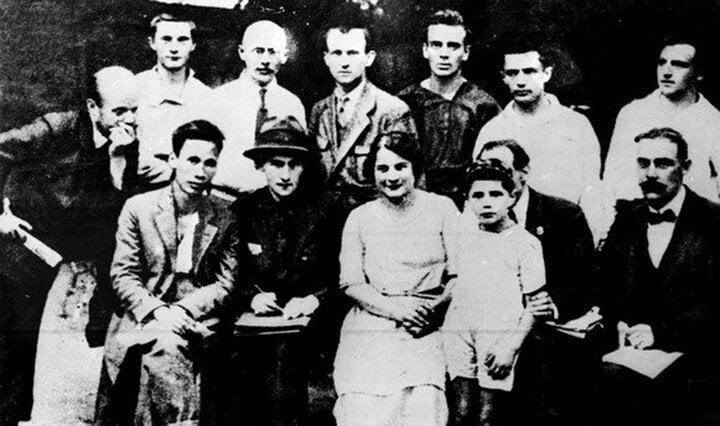
Uncle Ho (front row, left) and some delegates attending the 5th Congress of the Communist International in Russia in 1924. At this time, he was called Nguyen Ai Quoc. (Photo courtesy)
One special thing is that Uncle Ho wore a vest while reading the Declaration of Independence on September 2, 1945. The footage that Vietnamese filmmakers painstakingly found in France much later, along with photos by talented photographer Nguyen Ba Khoan, shows us a thin, austere man with almost all his hair falling out, revealing a vast forehead with bright eyes in a light-colored vest without a tie, declaring the birth of a new Vietnam - the Democratic Republic of Vietnam.
That suit was also used by Uncle Ho in the years after the August Revolution in 1945 and 1946.
He also wore a vest and shorts, which were the fashionable style of Hanoians at that time (the police guarding the Independence Day in 1945 also wore shorts to accentuate the powerful beauty of the revolutionary army). A photo taken in 1946 shows Uncle Ho in that very "fashionable" outfit with Truong Chinh, Pham Van Dong, Vo Nguyen Giap, and Chu Xuong.
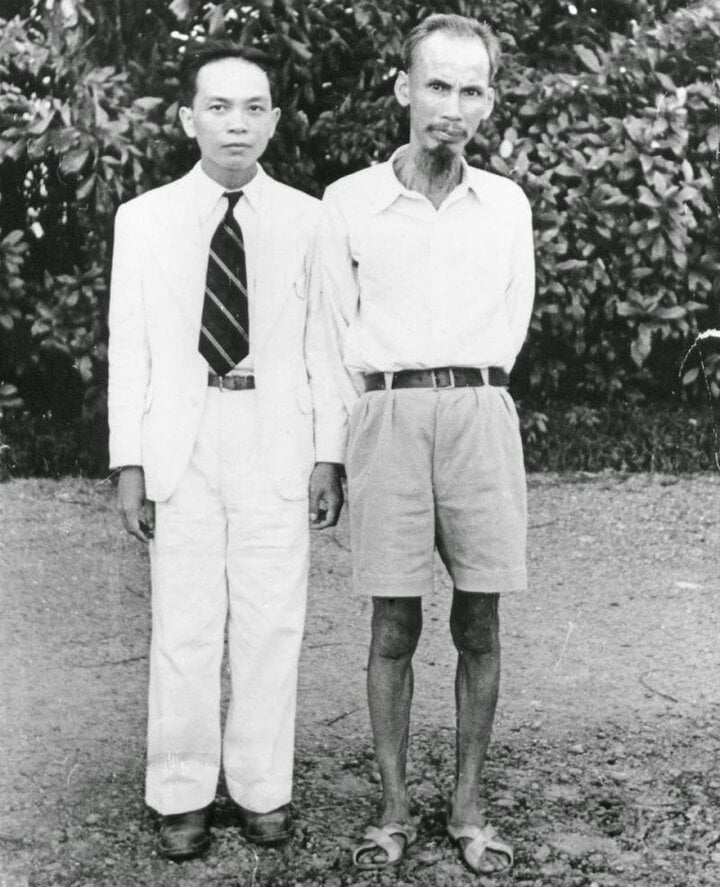
Uncle Ho and General Vo Nguyen Giap. (Photo: Archive)
Not only that photo, there are also photos of Uncle Ho wearing shorts with American soldiers and Mr. Vo Nguyen Giap. Later, a fashion house commented that with the "formula" of shorts combined with blazers, worn with bright-colored cross-strap sandals, Uncle Ho "has a timeless taste in dressing" and this style has influenced young people pursuing vintage, elegant fashion: "Simple but not lacking in sophistication in every detail".
Uncle Ho's frugal and simple lifestyle is always a shining example for many future generations to follow.
Many foreign researchers believe that President Ho Chi Minh's clothing bears the mark of a great man. He brought simplicity, the pinnacle of great cultures, into his lifestyle and dress. He blended in with the people of his country and the working people of the world .
Dang Dinh Cung
Source


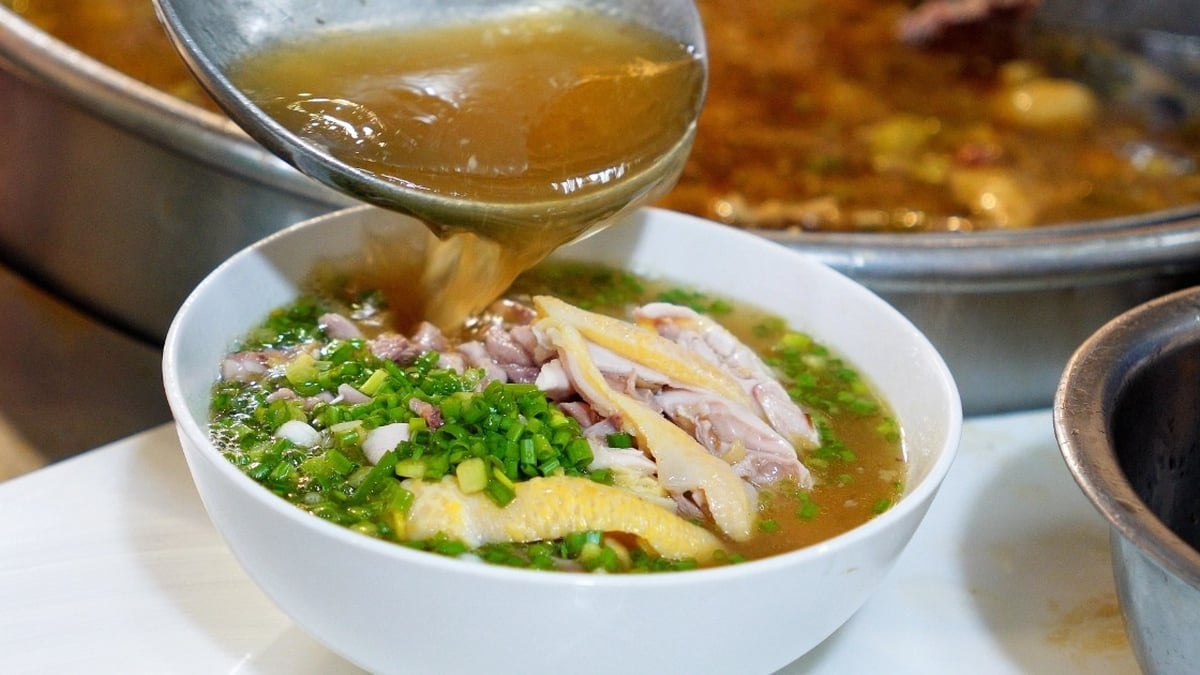
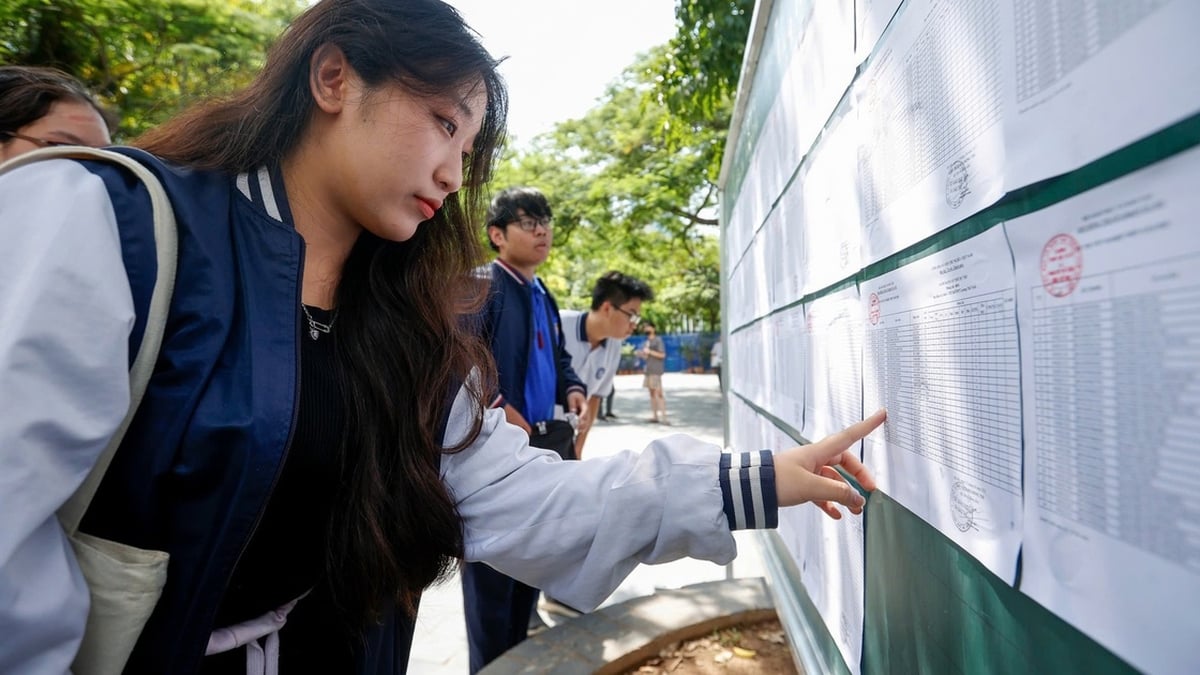
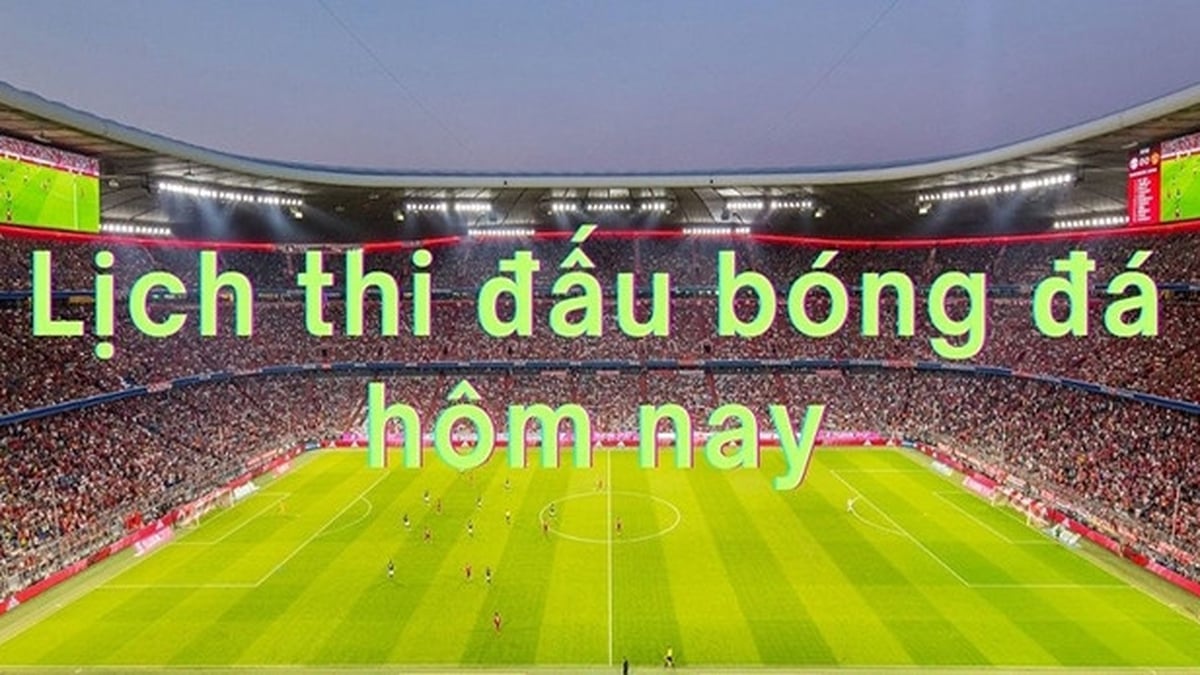
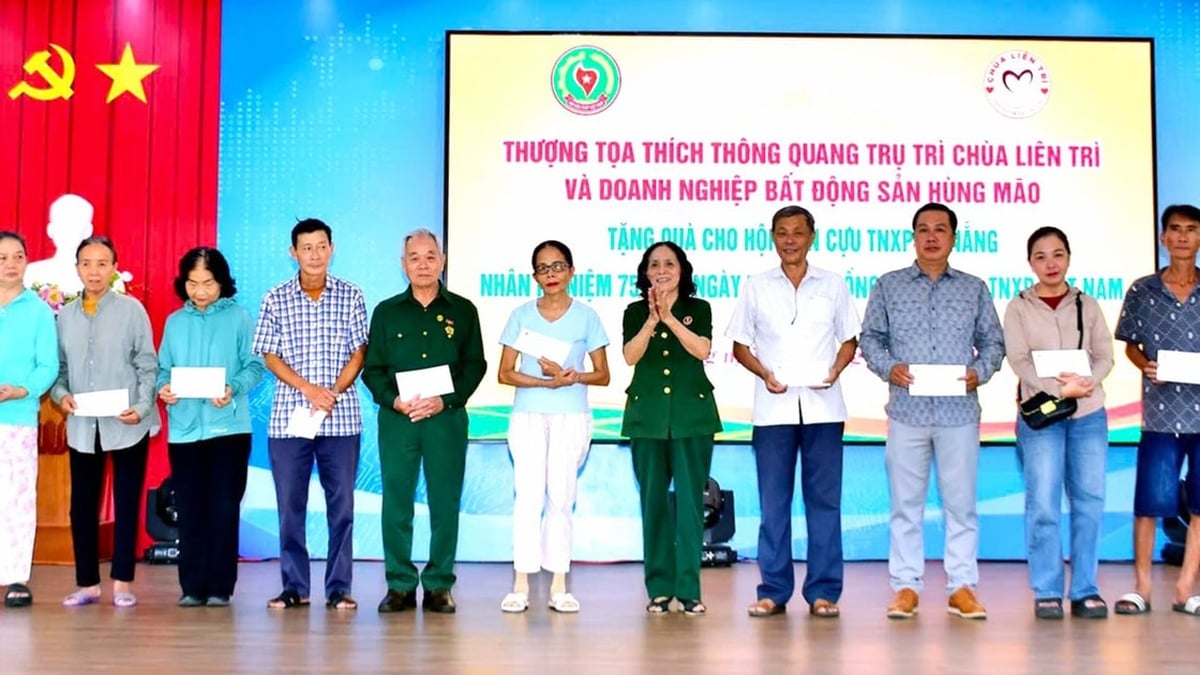
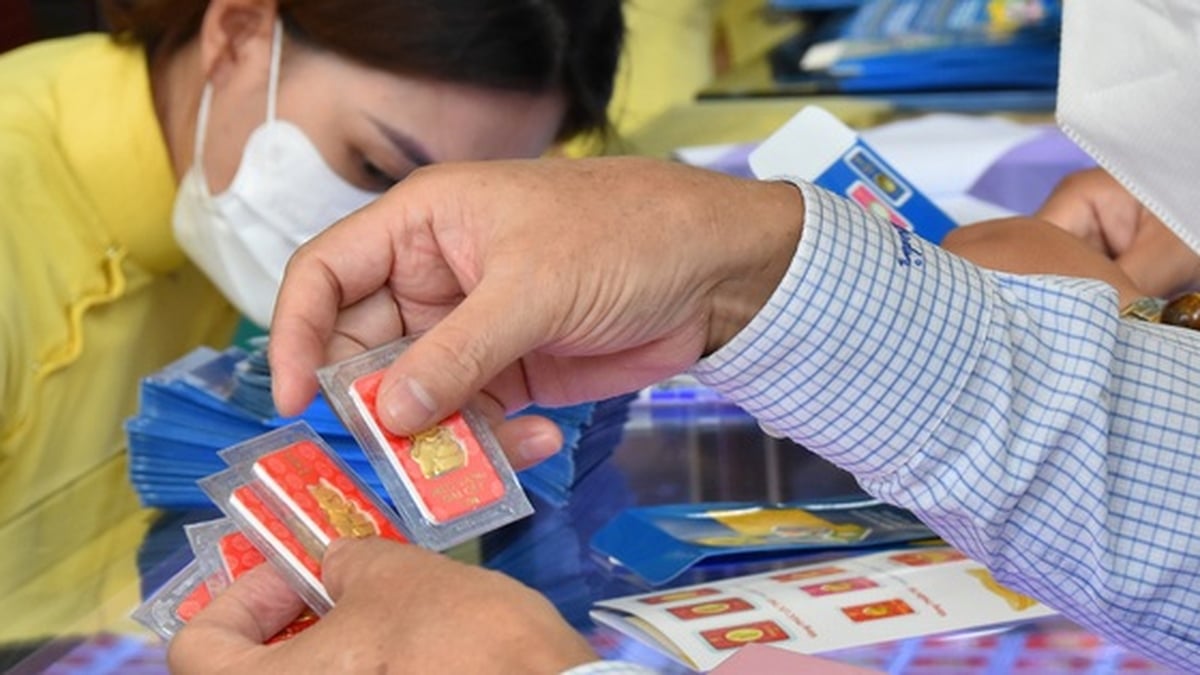
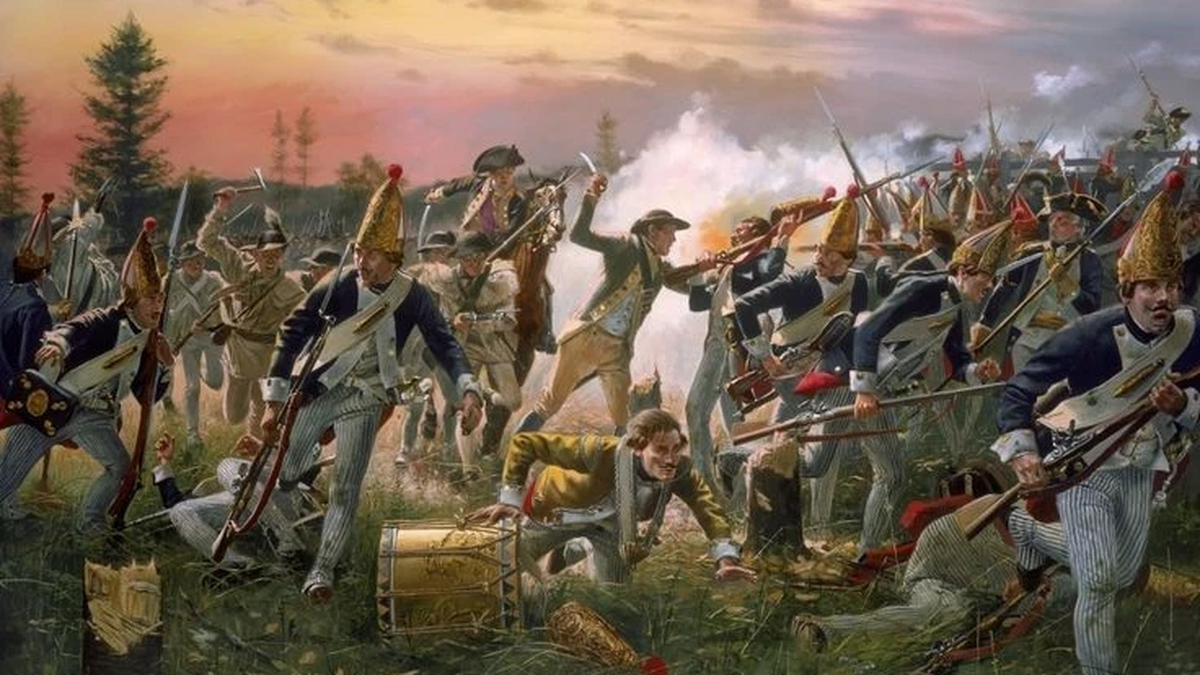
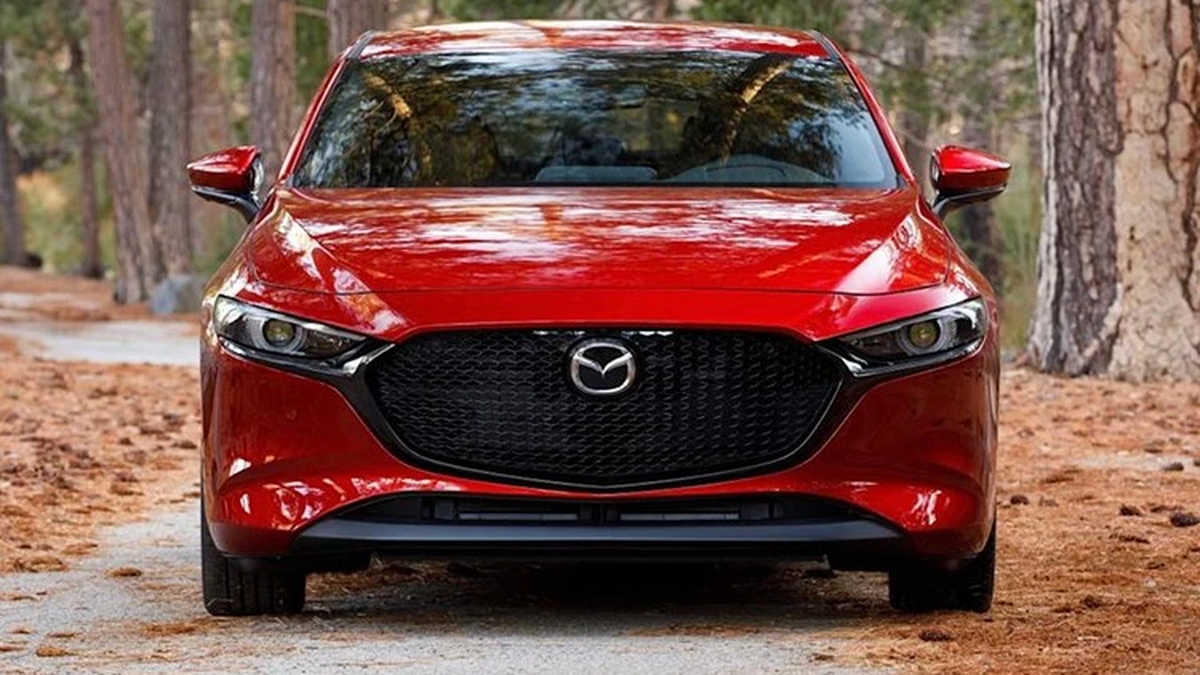
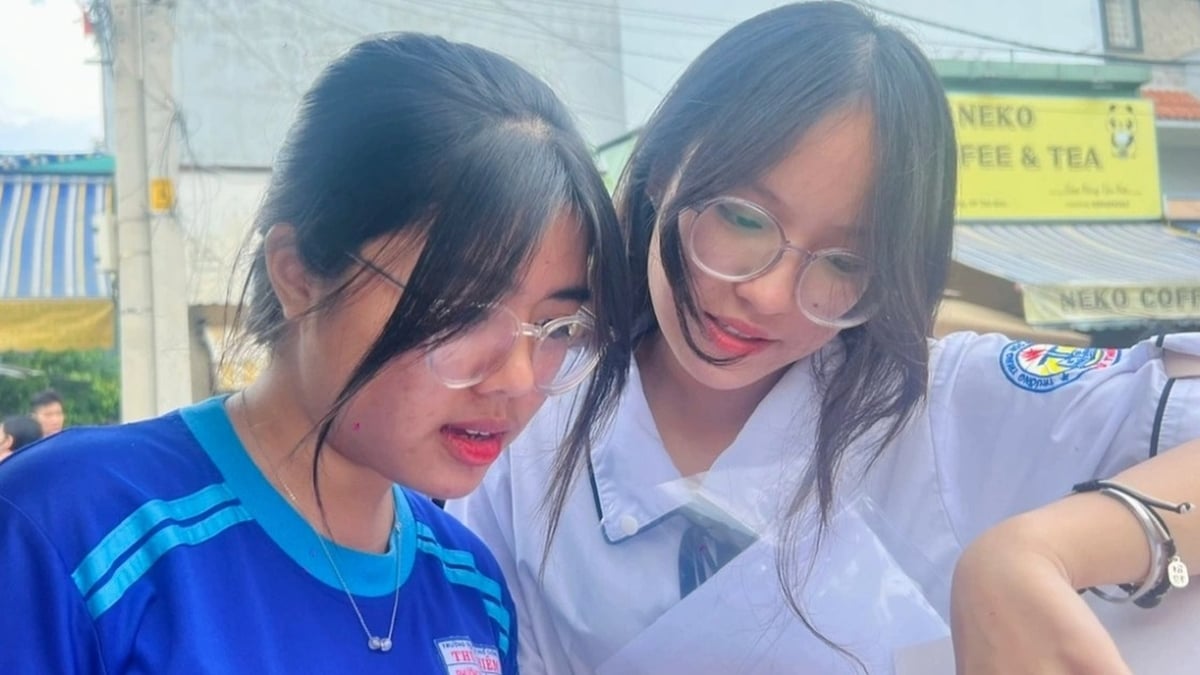
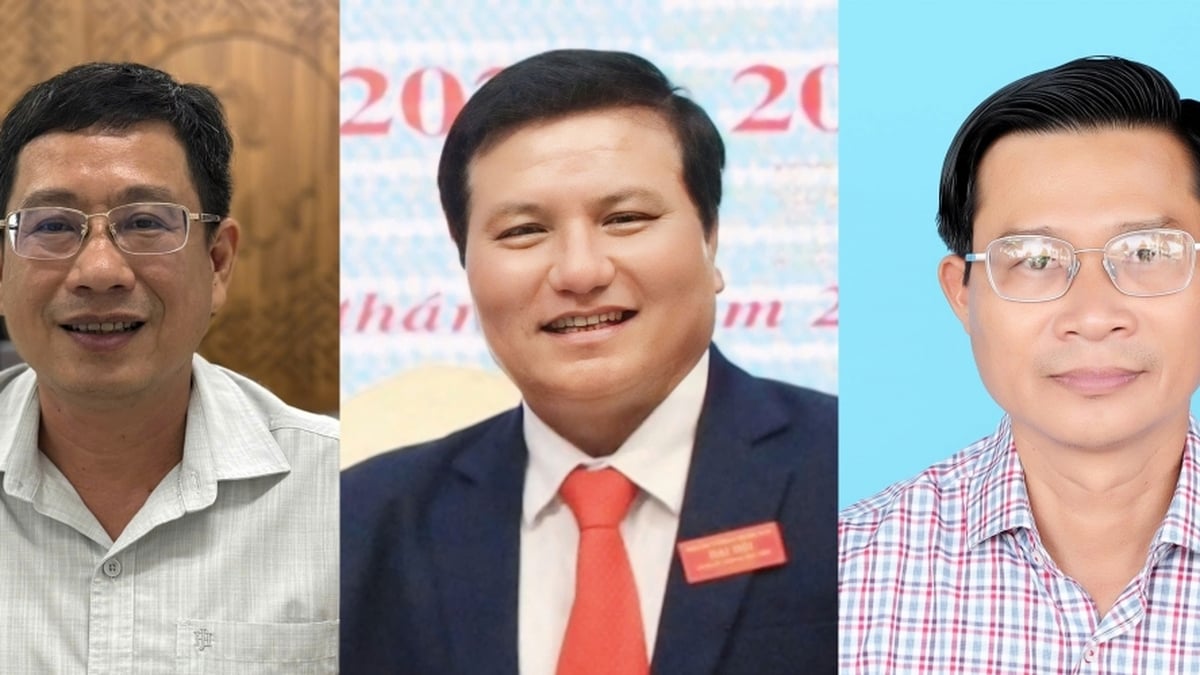
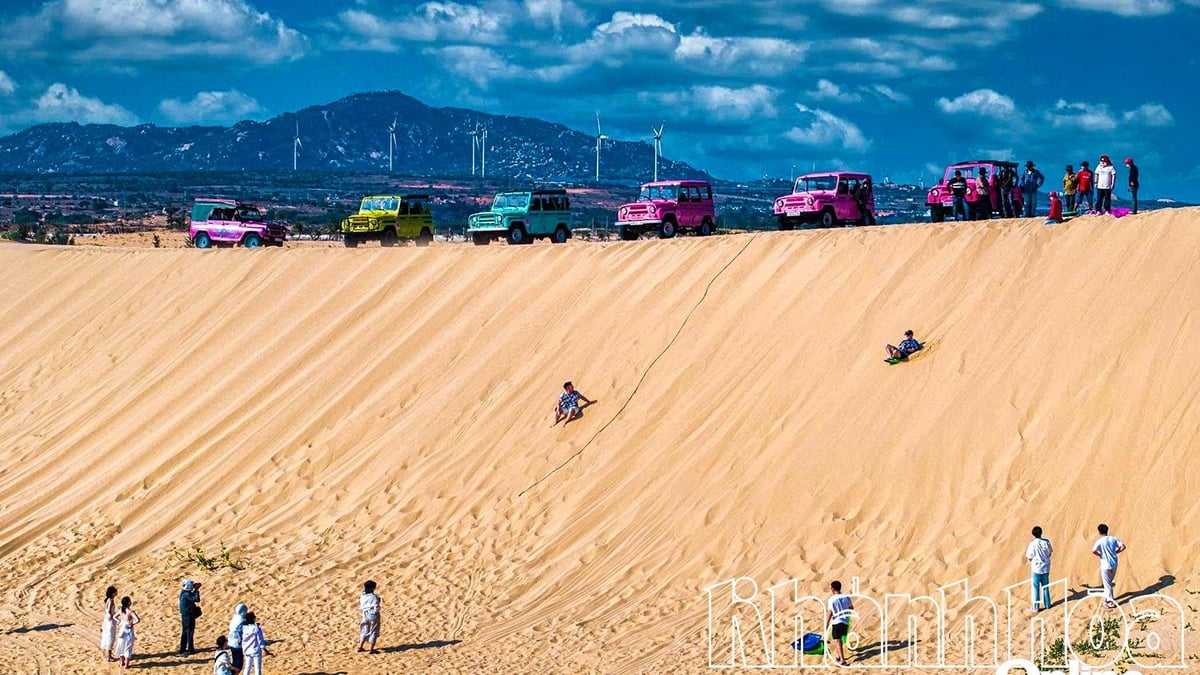















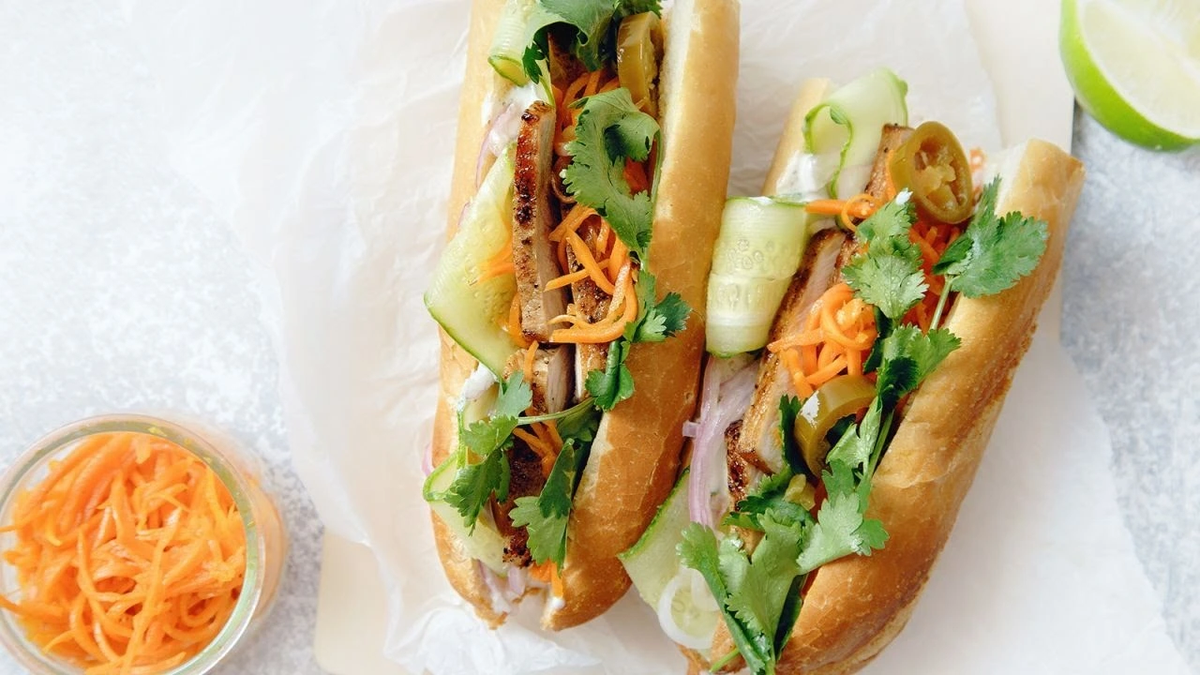
























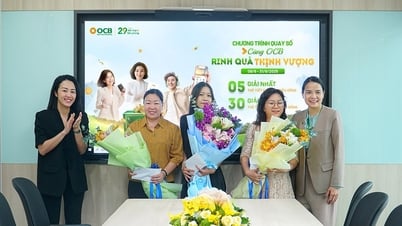



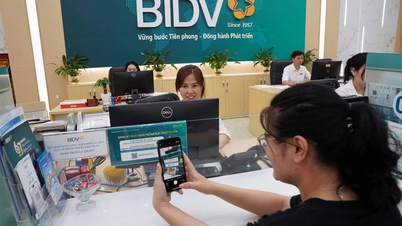

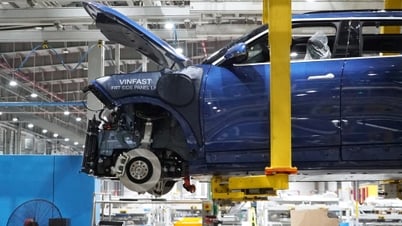
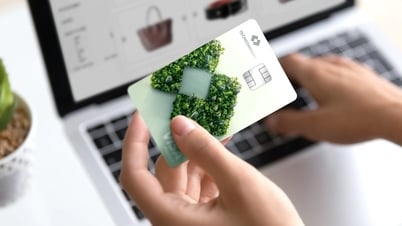


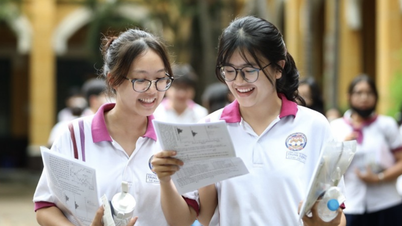
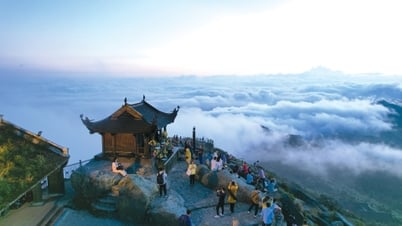
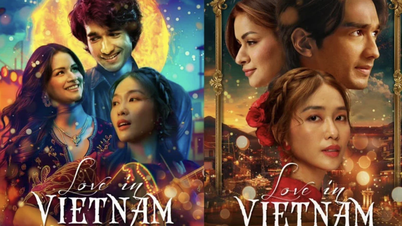

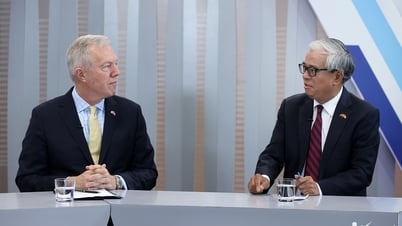
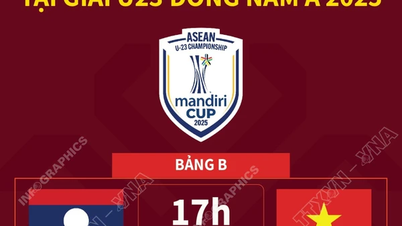

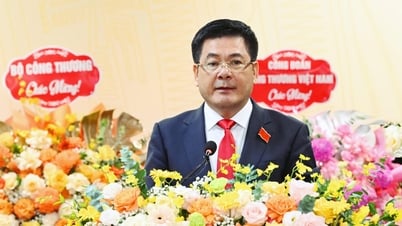

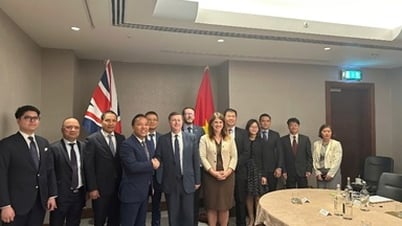
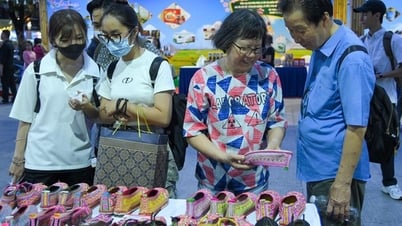

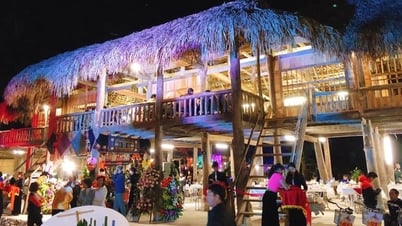
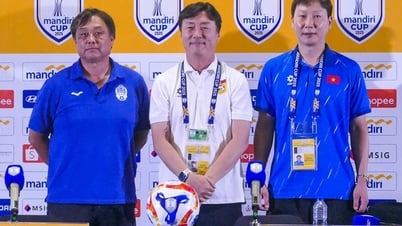
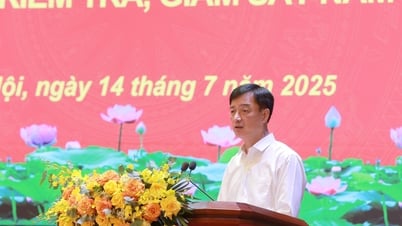





















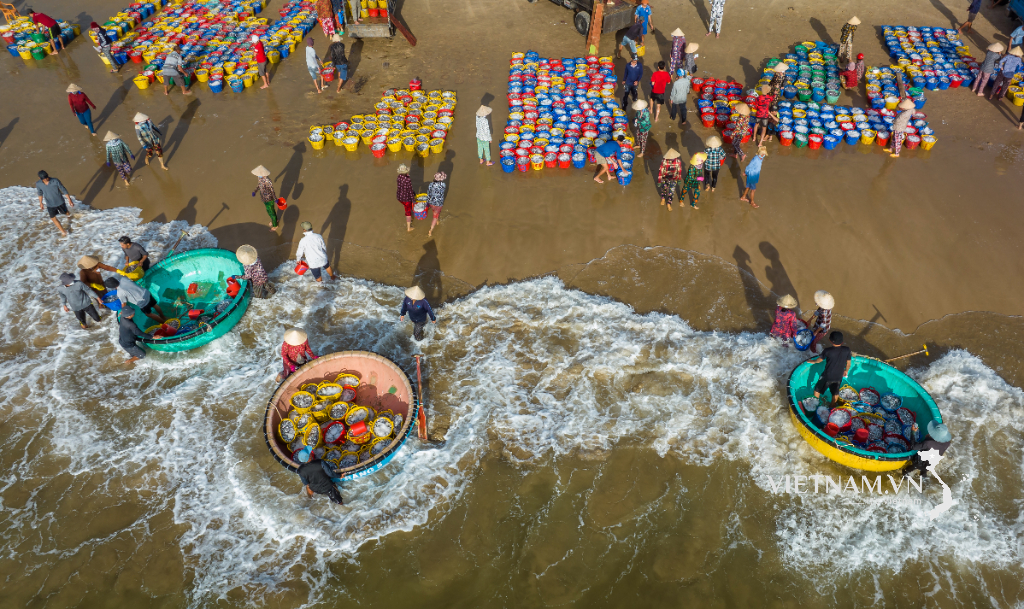
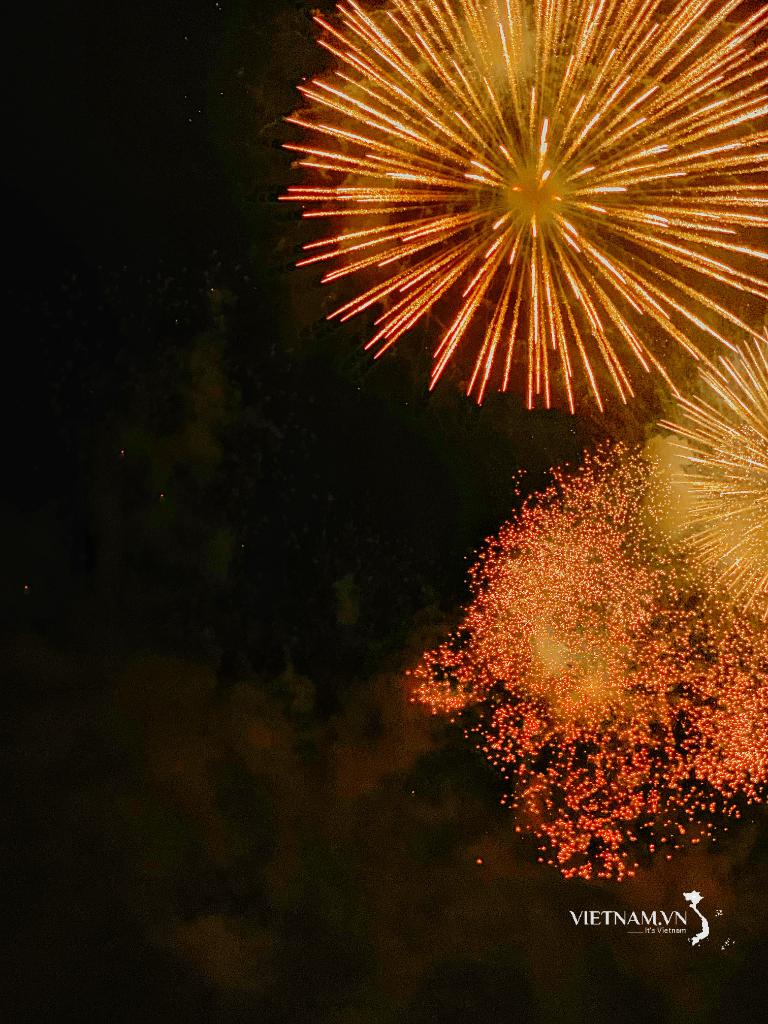
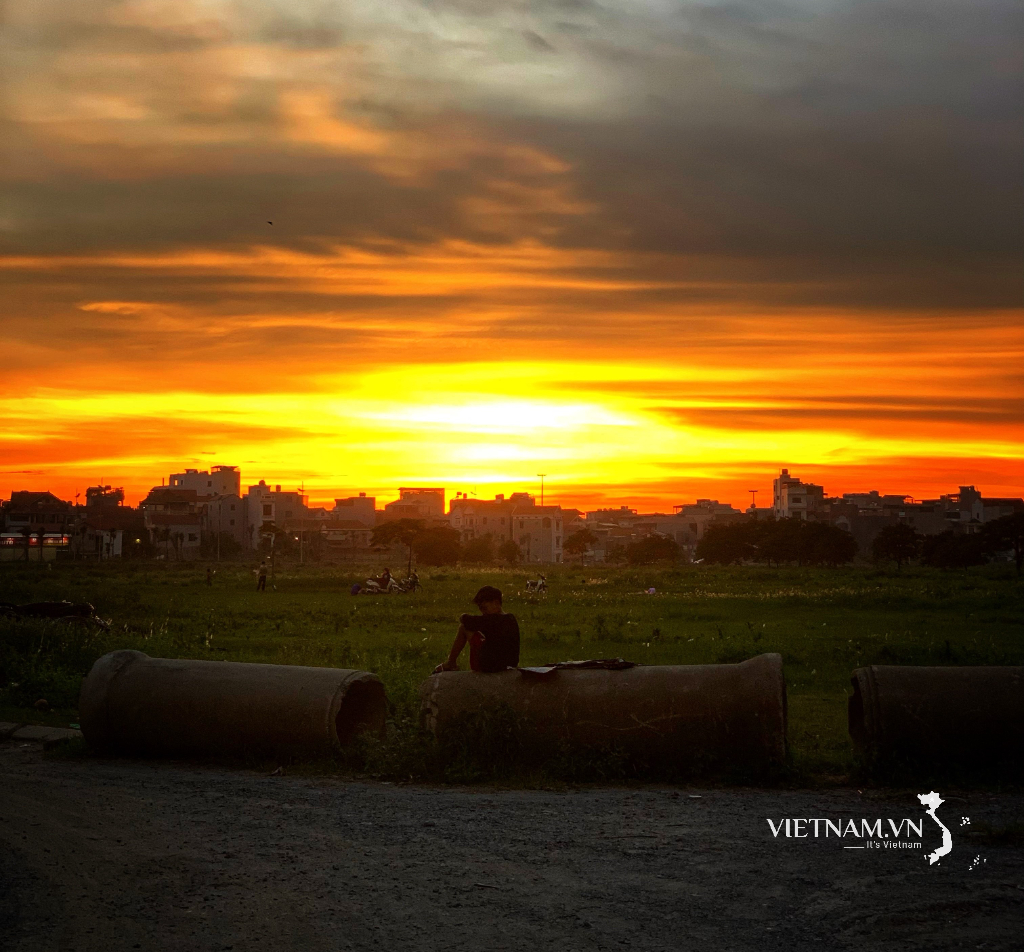
Comment (0)